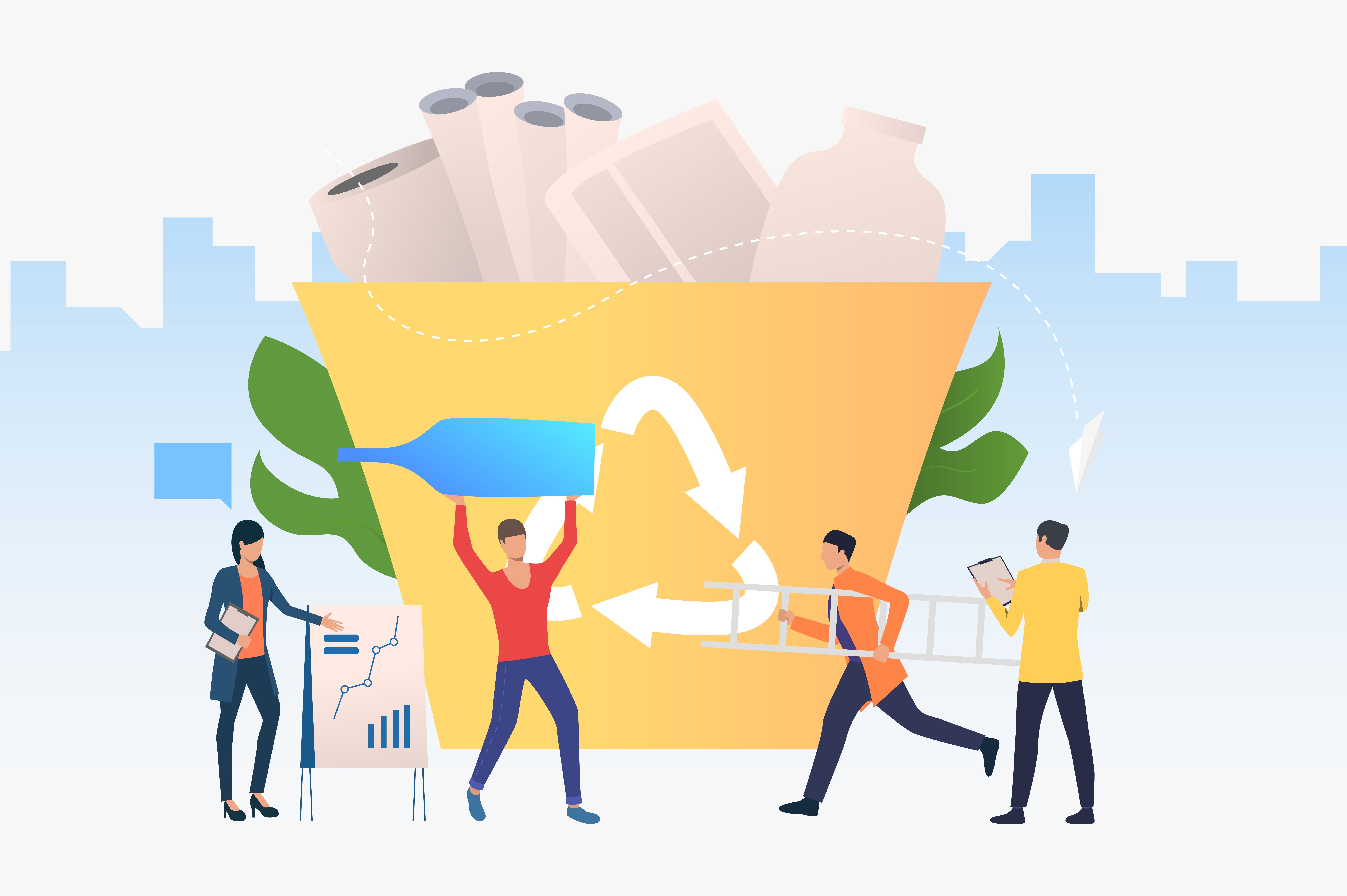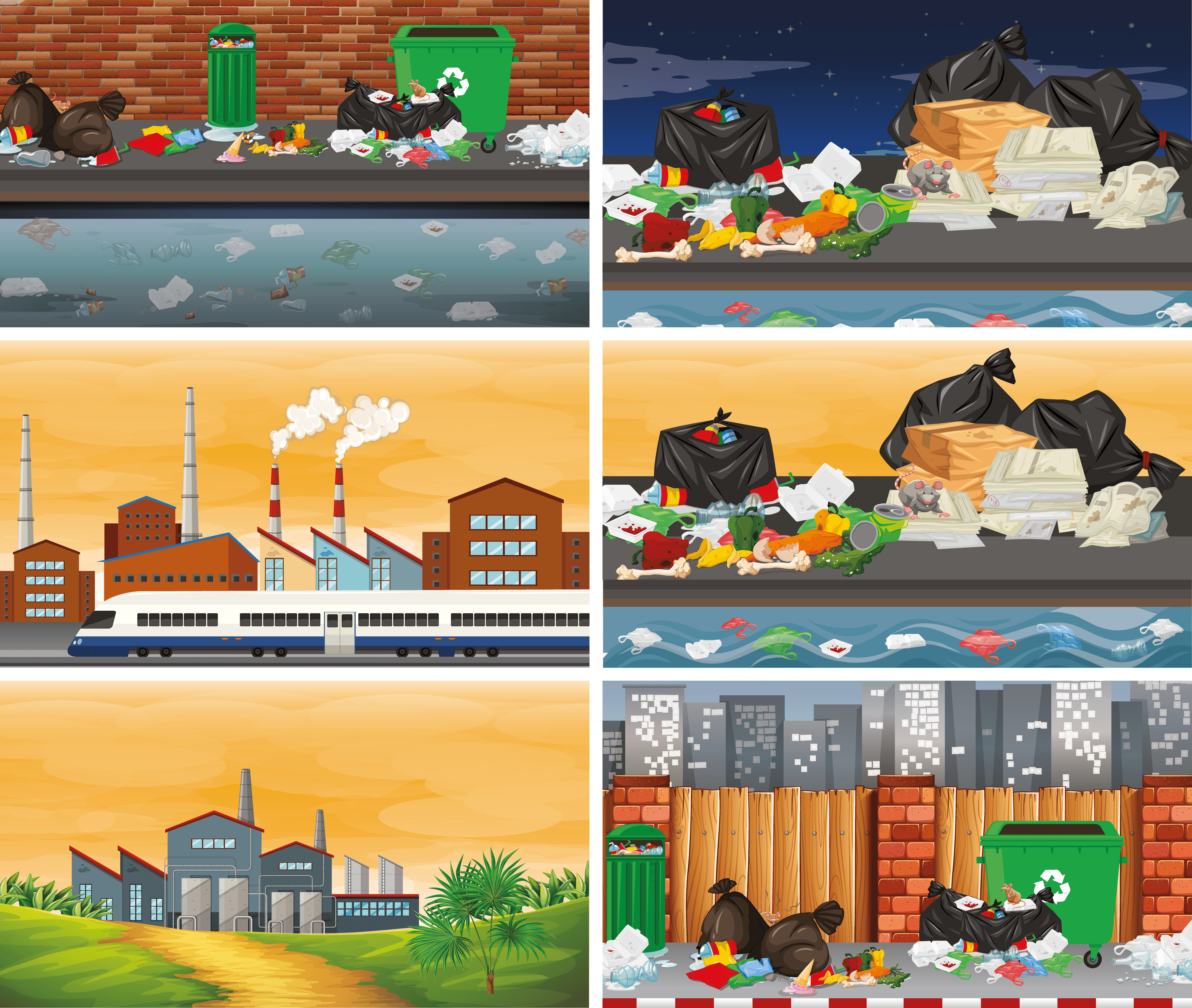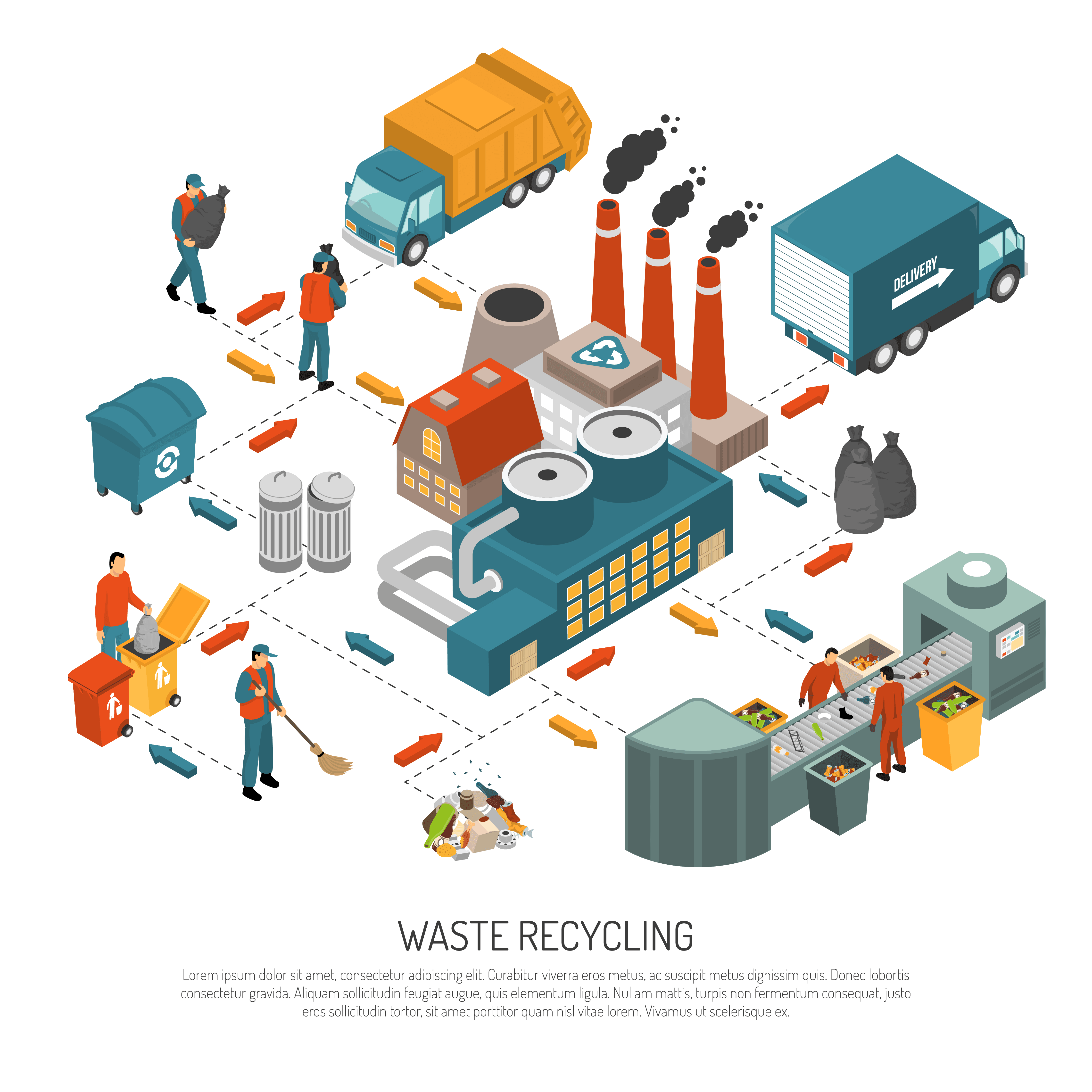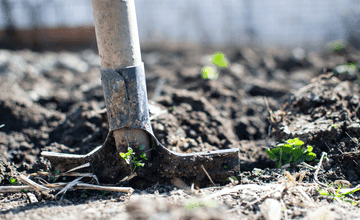How Much Waste Does Your Business Produce?

Photo by katemangostar @ freepik
Running a business in the car industry is quite challenging, and it often feels like you cannot make significant changes without impacting the ROI negatively. Daily, you have countless things to track, and while it’s essential, you might ignore the amount of trash your business produces. But waste management should be at the top of your priority list because it directly impacts your return on investment. The last thing you want is for the trash cans to overflow; it would negatively impact your employees' performance and comfort, as well as your finances. Efficient waste disposal is a vital component of maintaining a professional, clean, organised, and productive workspace. The key to effectively managing your waste is to measure the volume of trash you produce accurately. This will also help you prevent overage fees. Acquire the right size of ballers and bins, and minimise the number of trips to the landfill.
How can you calculate how much trash your business generates?
Figure out the types of waste your company could produce
A simple way to figure out how much trash your business produces is to identify the types of waste common in your sector, so you can also develop reduction strategies. Here are the main types of waste a business in the car sector can produce:
1. Solid Industrial Waste
- Metal scraps and shavings (steel, aluminium, copper) from machining, stamping, or welding.
- Defective parts (bumpers, frames, panels) that don’t meet quality standards.
- Packaging materials like cardboard, wooden pallets, plastic wrap, and foam.
- Old tires from assembly line testing or dealership replacements.
- Plastics from dashboards, trims, and interior fittings.
- Paper accounts for more than 26% of trash in landfills.
2. Hazardous Waste
- Used oils (engine oil, transmission fluid, hydraulic fluid).
- Paints and solvents from coating and finishing processes.
- Battery waste (lead-acid or lithium-ion cells from hybrids/EVs).
- Coolants and antifreeze with chemical additives.
- Cleaning chemicals (degreasers, detergents with toxic components).
3. Air Emissions
- Volatile Organic Compounds (VOCs) from painting, coating, and adhesive use.
- Particulate matter from welding, sanding, or exhaust testing.
- Greenhouse gases from manufacturing operations and vehicle testing.
4. Wastewater and Liquid Waste
- Process water contaminated with oils, metals, and chemicals.
- Paint booth wash water with pigments and solvents.
- Runoff from washing vehicles containing detergents and grime.
5. End-of-Life Vehicle Waste
- Scrapped cars with mixed materials (metal, glass, plastics).
- Airbags containing explosive propellants.
6. Electronic Waste
- Onboard computers
- Sensors
- Infotainment systems.
E-waste is becoming more common these days as people frequently use phones, routers, printers, computers, and other similar devices. At the moment, less than 20% of e-waste is recycled.

Supplementary reading: ESG Is Not Impact
How can your business recycle more waste?
If you’re reading this article, chances are you’re interested in making waste management more efficient in the car industry. Lucky you, here are some practical steps you can take because reducing waste is essential for environmental sustainability, but it will also significantly cut your costs, prepare your company for future regulations and improve your brand image.
Start with a waste audit
Before making a plan of changes you want to adopt, it’s best to audit your business to understand what types of waste it produces and in what quantities. A simple waste audit involves collecting and categorising your trash over a few days or weeks. This allows you to identify:
- Recyclables that are going to the landfill
- Waste that could be reduced at the source
- Items that could be reused or composted
Once you understand your waste profile, you can implement targeted strategies that have the biggest impact.
If possible, go digital for as many areas as possible
As mentioned above, paper is still one of the most common forms of office waste, but we’re living in the digital era, and you can transition to a digital workflow to reduce the need for filling, printing and storing physical documents. Here is what you can do:
- Use cloud-based storage instead of physical files
- Replace printed invoices with e-invoicing
- Use tablets or phones for order-taking or form-filling
- Promote e-signatures and paperless billing
This not only reduces waste but can also improve efficiency and accessibility.
Use sustainable packaging
Even if you’re working in the car sector, you’re most likely generating a large amount of packaging waste. So you could swap the old ones with something more sustainable:
- Choosing recyclable or compostable packaging materials
- Purchasing supplies in bulk to reduce outer packaging
- Encouraging suppliers to minimise packaging or take it back
- Using reusable containers for deliveries or shipments
Sustainable packaging not only reduces landfill waste but also appeals to environmentally conscious customers.
Run a recycling and composting program
It would be a great idea to encourage your public and employees to recycle alongside you, and you can do this by implementing a recycling and composting program. Clearly label the bins where the product should be disposed of once it's no longer in use, on the packaging. Also, place your recycling and composting bins in convenient locations so everyone can easily access them. Here are some other recommendations:
- Partner with a local recycling provider
- Develop recycling programs specifically designed for the car industry
- Recycle electronics (e-waste) through certified programs
- Donate usable materials to smaller organisations
Regular staff training ensures that items are sorted correctly and waste doesn’t end up in the wrong stream.

Read more: Leading with Purpose in the Era of Sustainability
Final Thought
Waste reduction doesn’t require massive investments; it starts with awareness, small adjustments, and a commitment to doing better. By embedding sustainability into daily operations, small businesses can make a big difference for the planet, their community, and their bottom line.
Leaderonomics.com is an advertisement-free website. Your continuous support and trust in us allow us to curate, deliver, and maintain our website. When you support us, you enable millions to continue reading for free on our website. Will you give it today? Click here to support us.
Business
Tags: Abundance Mindset, Be A Leader, Building Functional Competencies, Business Management, Companies, Competence, Consultant Corner, Environmental, Social and Governance (ESG)
Cynthia Madison has a degree in finance and administration and is passionate about all topics. As an online trader herself, Cynthia loves providing her readers with expert tips and advice on how to make informed economic choices, helping them understand market trends and how to manage their finances like a pro.






